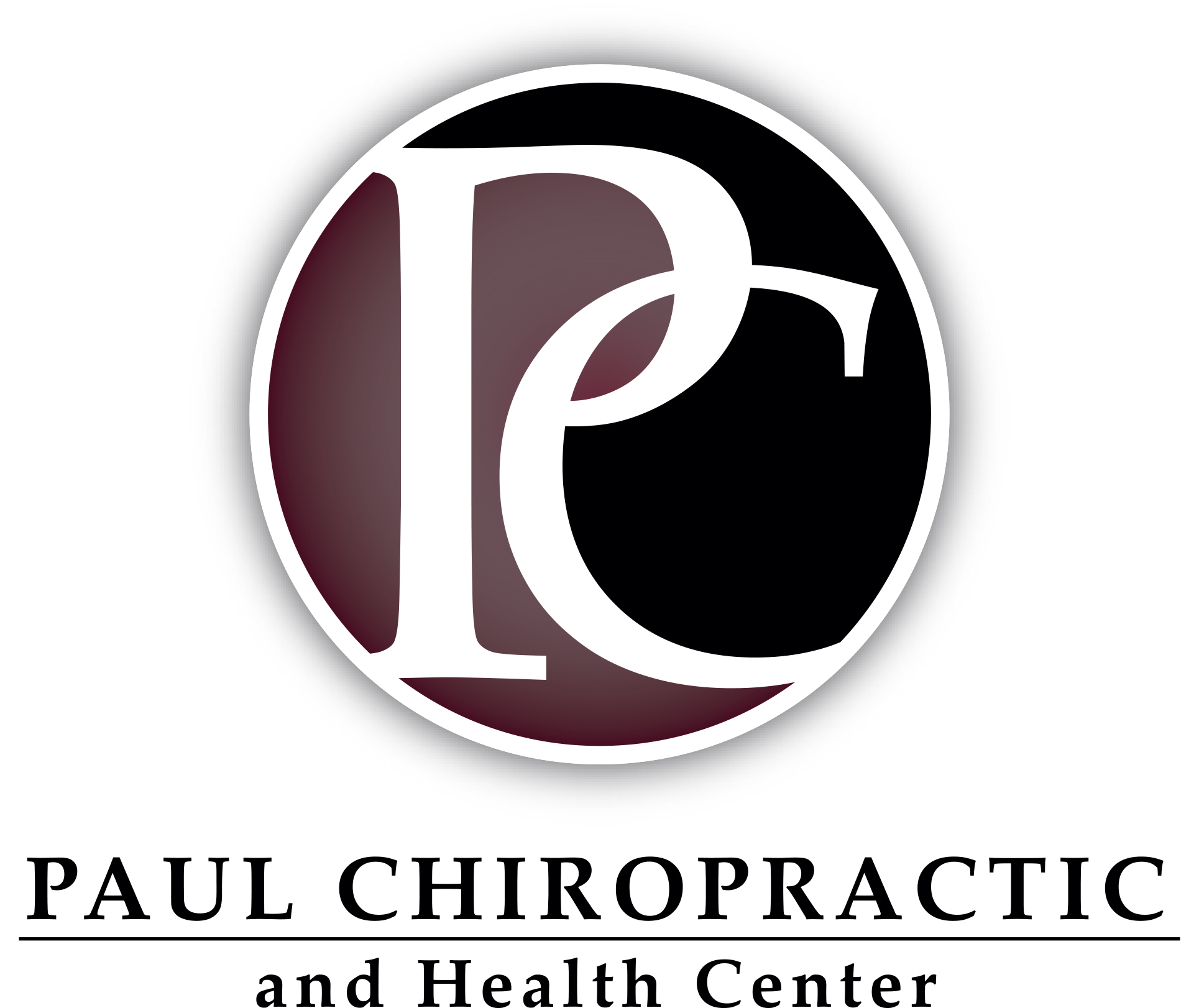 It’s that time of the years again, hot and sunny weather has arrived in the Midwest, at least for a little while. During your participation in summer outdoor activities it may behoove you to be armed with a little bit more critical information when reaching for the sunscreen.
It’s that time of the years again, hot and sunny weather has arrived in the Midwest, at least for a little while. During your participation in summer outdoor activities it may behoove you to be armed with a little bit more critical information when reaching for the sunscreen.
While there are certainly some instances where sunscreen may be prudent, these products are widely overused and contribute to widespread Vitamin D deficiency. It is a commonly held natural health expert’s opinion that if you follow sensible sun exposure guidelines to prevent burning, these products are rarely needed. One option is to get out of the sun or wear clothing the moment your skin starts to turn light pink.
Pilot Study Confirms Your Body Absorbs Toxins from Sunscreen
In an FDA (U.S. Food and Drug Administration) pilot study, four commonly used active ingredients in sunscreen are absorbed into your blood at levels that could potentially pose health risks. The four ingredients evaluated include: avobenzone, oxybenzone, octocrylene and ecamsule.2,3,4,5
24 participants were asked to apply 2 mg of sunscreen per square centimeter over 75% of their body, using either 1 or 2 sprays, a lotion or a cream. This amount equates to the maximum recommended dose by most makers of sunscreen.
A total of 30 blood samples were collected from each participant over seven days of application. According to the authors: “Systemic concentrations greater than 0.5 ng/mL were reached for all 4 products after 4 applications on day 1. The most common adverse event was rash, which developed in 1 participant with each sunscreen. In this preliminary study involving healthy volunteers, application of 4 commercially available sunscreens under maximal use condition results in plasma concentration that exceeded the threshold established by the FDA for potentially waiving some nonclinical toxicology studies for sunscreens. FDA has provided guidance that sunscreen active ingredients with systemic absorption greater that 0.5 ng/mL or with safety concerns should undergo nonclinical toxicology assessment including systemic carcinogenicity and additional developmental and reproductive studies.6,7
In light of the evidence laid out above it is rather shocking that the FDA continues to guide citizens to use SUNSCREEN.8 This comes on the heels of the information showing that all four chemical were found to enter the bloodstream at levels above the presumed “safe” level after a single day of application, and remained at high levels in the system for at least 24 hours after the last use. Think of the potential consequences for those using these products every day of the year.
Research by the U.S. CDC (Center for Disease Control) published in 2008 found that 96.8% of the 2500 urine samples collected as part of the 2003-2004 National Health and Nutrition Examination Survey had detectable levels of oxybenzone, which is a testament to just how much sunscreen people are using. This data is nearly 15 years old at the time of this writing, and is likely much worse now.9
How to Choose a Safer Sunscreen
When you select a sunscreen, remember there really are only 2 known safe sunscreen ingredients—zinc oxide and titanium dioxide and they must not be nano-sized.10
Your best bet is a lotion or cream with zinc oxide, as it is stable in sunlight and provides the best protection from the UVA rays. Your next best option is titanium dioxide. Just make sure the product does not contain nano-sized particles and protects against both UVA and UVB rays.11
Remember that sensible sun exposure is ideal on a regular daily basis. Here are five sensible tips for enjoying the sunshine safely:
- Give your body a chance to produce essential Vitamin D before applying sunscreen. 40% of the body should be exposed for short periods daily.
- Stay out just long enough for your skin to turn the very lightest shade of pink. Protect your face from the sun by using a safe sunscreen option or wear a hat, the skin on the face is thin and more prone to sun damage (premature wrinkling).
- Keep in mind that in order for sunscreen to be effective, you must apply large amounts over all exposed areas of the skin. This means that the product should not trigger skin allergies and must provide good protection against UVA and UVB radiation. It should also not be absorbed into your skin, as the most effective sunscreen acts as a topical barrier.
- Consider the use of an “internal sunscreen” like astaxanthin to gain additional sun protection. In one study, subjects who took 4 milligrams of astaxanthin per day for 2 weeks showed a significant increase in the amount of time necessary for UV radiation to redden their skin.
- Consuming a healthy diet full of natural antioxidants is another highly useful strategy to help avoid sun damage. Fresh, raw, unprocessed foods deliver the nutrients that your body needs to maintain a healthy balance of omega-6 and animal based DHA omega-3 oils in your skin, which are your first lines of defense against burns from the sun.
References
2,6,7,8. JAMA May 6, 2019 [Epub ahead of print]
3. CNN Health May 6, 2019
4. NBC News May 6, 2019
5. Medscape May 6, 2019
9. Environmental Health Perspectives 2008 Jul; 116(7): 893–897
10. EWG.org Sunscreen Guide
11. EWG.org The Trouble With Ingredients in Sunscreens
